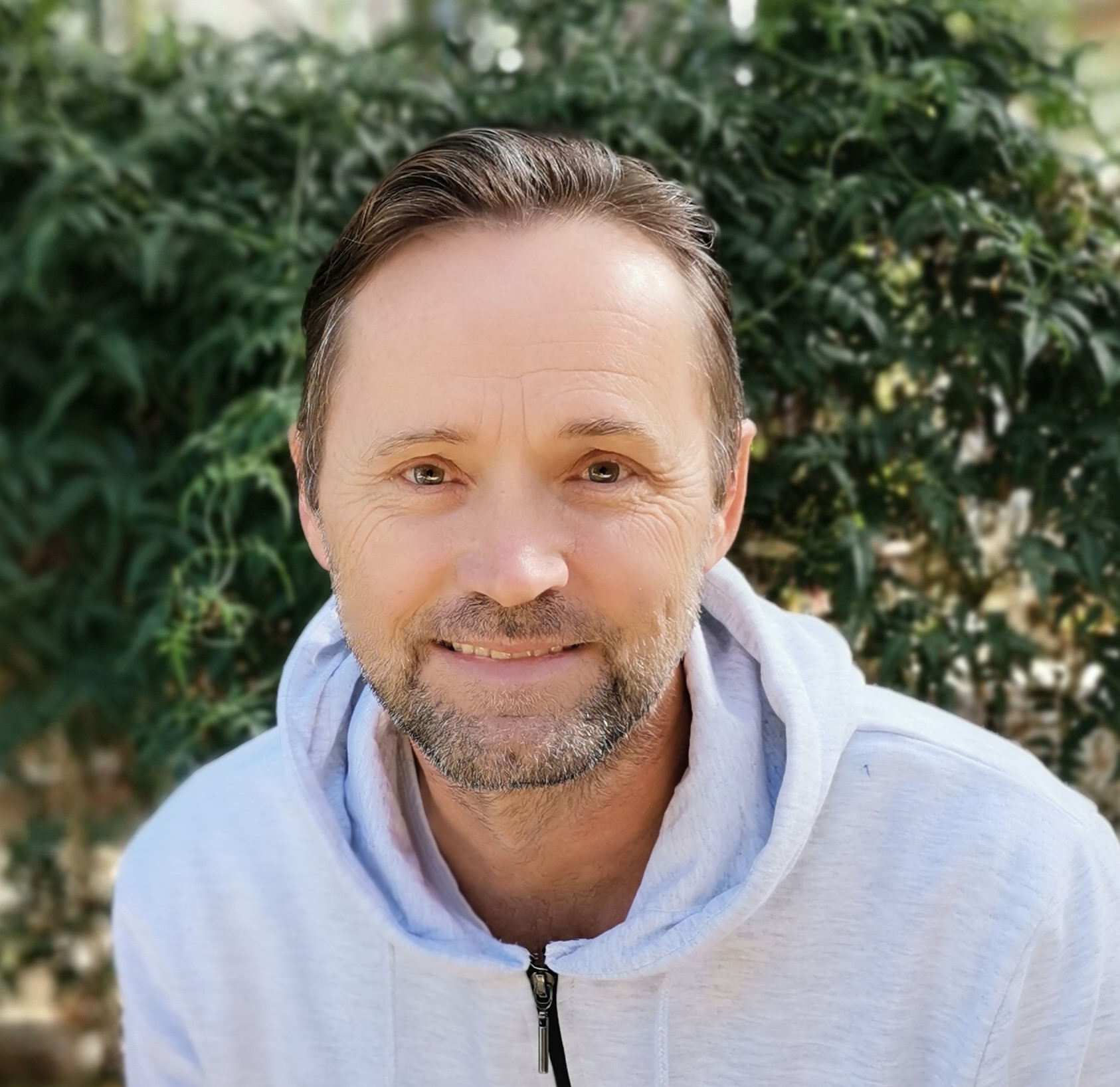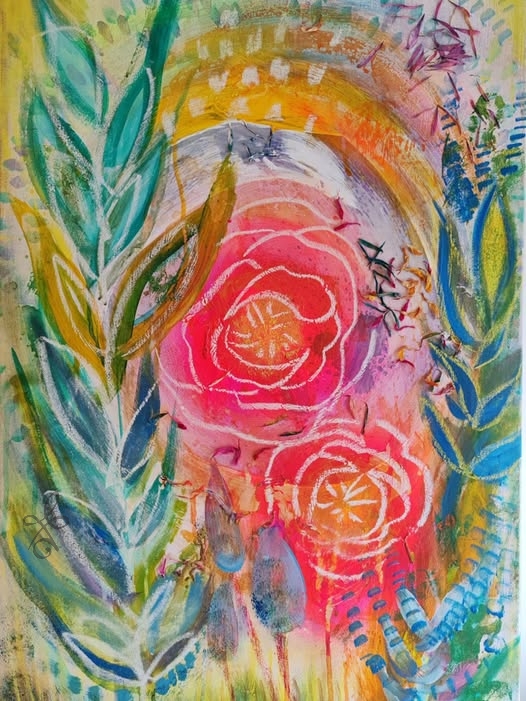Avoidance often emerges from an inability to regulate intense emotions. These emotions overwhelm the nervous system, leaving the body flooded and the mind scrambling for control. Because the body is the container for sensation, when the container feels full - or worse, cracked - avoidance becomes the only strategy left.
Emotions are not problems. They are categorisations of sensation. When you haven’t learned how to feel them consciously, they remain unprocessed, stuck, and echoing. Shame builds not from failure but from feeling incapable of naming or moving through what you feel.
Many avoidants are not running from tasks - they are running from the emotional cost of those tasks: the fear of failure, rejection, exposure, and ultimately, unworthiness. Your procrastination is not laziness. It is a trauma-informed reflex against feeling too much, too soon, without tools to contain it.
Common Avoidance Patterns
- Secretive use of substances (numbing, distraction)
- Abandoning relationships when intimacy deepens
- Hyper-productivity or performance masking worthlessness
- Emotional shutdown via porn, endless scrolling, or fantasy
- Superhuman/less-than-human cycles of perfectionism and collapse
- Peter Pan syndrome (dabbling, never committing)
- Loyalty to others but not the Self (codependence)
- A felt sense of internal exile — “I don’t belong anywhere”
- Using charm or humour to distract from inner pain
- Self-hate expressed as self-sabotage, neglect, or control
![]()
These patterns are not personality traits. They are adaptations. And they are reversible. You could try the following step-by-step approach to work yourself out of an avoidance mindset:
Step One: Name the Shame Shame is the magic killer. It freezes the parts of us that most need light. It creates loops of self-rejection and blocks sensation from entering conscious awareness. You must learn to call it out.
- "I feel ashamed for missing a day of practice."
- "I feel shame when I’m not productive."
- "I feel shame when someone sees my mess."
Call it what it is. You don’t need to fix it. Just name it.
Now ask: What is this shame protecting me from? Often, the answer is another emotion - sadness, grief, anger, loneliness, powerlessness. Emotions you weren't equipped to process earlier in life.
Exercise 1: Strengthen the nervous system’s ability to stay present with difficult emotions.
- Choose a feeling you're avoiding (e.g., sadness, dread, numbness).
- Sit somewhere quiet. Set a timer for 90 seconds.
- Close your eyes and scan your body. Where does this feeling live? Chest, gut, throat?
- Place your awareness there and breathe slowly.
- You’re not analysing - just sensing. Stay present even if it feels like “nothing” is happening.
Why it helps: Most avoidant patterns are bodily disconnections. This practice builds emotional tolerance and begins the rewiring process.
![]()
Step Two: Enter the Body Avoidance lives in the head. Regulation happens in the body. Try This:
- Choose a specific feeling you avoid (e.g., sadness).
- Close your eyes and scan your body for its location.
- Sit with that sensation for 30 seconds. Breathe. Do not label. Do not analyse.
- Just feel the sadness in the body - its temperature, shape, movement.
- You may feel like you want to run. That’s expected. Stay a little longer. Re-enter gently. If you can only feel numbness, start there. Numbness is the echo of overwhelmed sensation. It simply asks, “Will you stay with me now?”
Exercise 2: Reveal what your shame is protecting you from.
- Notice an inner criticism: “I’m lazy,” “I failed again,” “I’ll never follow through.”
- Ask yourself: “If this shame is protecting me, what emotion is it shielding me from?”
- List emotions (e.g., loneliness, fear, grief, helplessness).
- Choose one and do a body scan (see above).
- Reflect in writing: “What would I do differently if I allowed myself to feel this emotion without judgment?”
Why it helps: Reframes shame as a protective mechanism, not a core truth, and restores choice.
![]()
Step Three: Build Emotional Capacity Emotional regulation is not the absence of emotion - it’s the ability to stay conscious in the face of emotional charge. Most avoidants struggle not with tasks, but with the sensations that tasks bring up: fear of not getting it right, of being judged, of being exposed. This is why productivity plans, systems, and hacks fail. You don't need a new system - you need a new way to hold yourself through emotion. Start practising:
- Feeling your emotion before fixing it.
- Slowing down instead of speeding up.
- Noticing the urge to avoid, and *pausing*.
- Breathing instead of abandoning.
You cannot heal avoidance by trying harder. You heal it by becoming safer to your own nervous system.
Exercise 3: Break paralysis by shifting focus from outcome to effort.
- Choose one task you've been avoiding.
- Write down the smallest action possible (e.g., open a file, put on shoes, send one message).
- Set a timer for 5 minutes. Do it.
- Log the effort: “I showed up today. I did ___.”
- Reflect with compassion: “What emotion arose when I took that action?”
Why it helps: Builds inner trust and deconditions perfectionism. Avoidants need to feel success through small, safe action.
![]()
Step Four: Effort Over Outcome Avoidance thrives on outcome obsession. “I must succeed or I am nothing.” This fuels perfectionism and collapse. Flip the script:
- Focus on effort, not results.
- You don’t need to finish the project — just open the file.
- You don’t need to love your body — just move it gently.
- You don’t need a perfect relationship — just speak the truth today.
- Avoidance ends when you show up in motion, not mastery.
Discipline is not punishment. It’s self-love in motion.
Exercise 4: Regulate overwhelm that fuels avoidance.
- Inhale for 4 seconds
- Hold for 4 seconds
- Exhale for 4 seconds
- Hold for 4 seconds
- Repeat for 3-5 minutes, focusing on the exhale
Optional: Do this before attempting a task or after a shame spiral.
Why it helps: Downregulates a stressed system, enabling more conscious action and presence.
![]()
Step Five: Rewrite the Story If you’re avoidant, pay attention to how you narrate your life. Likely, your story is filled with delay, distortion, and fallacy:
- “I’ll change when I’ve earned it.”
- “I just need the right system.”
- “Maybe I’m not meant to succeed.”
- “I’ll be ready when I’m healed.”
Lies. Protective mechanisms of a clever mind trying to avoid feeling. Get honest. Don’t wait for the perfect plan. Get moving. One step, today. No more self-betrayal disguised as strategy.
Exercise 5: Build awareness of unconscious avoidance triggers.
- Create a “loop awareness journal.”
- Each time you catch yourself avoiding (e.g., scrolling, perfectionism, distraction), pause and ask:
- “What am I feeling right now?”
- “What was I about to do?”
- “What am I afraid might happen if I do it?”
- Write it down. Even 2–3 words help build pattern recognition.
Why it helps: Avoidance thrives in unconsciousness. Naming the loop disrupts it and creates space for conscious choice.
![]()
Your Body is the Key: Avoidants use content (tasks, goals, analysis) to avoid context - their emotional world. Your power lies not in managing your thoughts, but in experiencing your sensations. Every time you feel instead of flee, you reclaim a piece of your soul. Avoidance was once your protector. Now it’s a prison. And the key to that prison is not willpower - it’s regulation. Return to the body. Regulate. Feel. Choose. Act.
It’s Your Time Now You will want to run today. Avoidance will whisper the familiar script: “You’re not ready. You’ll fail. Just wait a little longer.” But not this time. Today, you make the effort. Just for today.
- Feel the shame - and stay.
- Breathe into discomfort - and stay.
- Write the page, speak the truth, move your body - and stay.
- The courage you seek isn’t in your mind. It’s in your choice to stay present.
There is no perfect day to stop avoiding. There is only now. Your shame is not the truth. Your numbness is not your limit. Your avoidance is not your identity. It’s your time now. And so it is.
![]()





 Copyright 2009-
Copyright 2009-
Kommentar schreiben